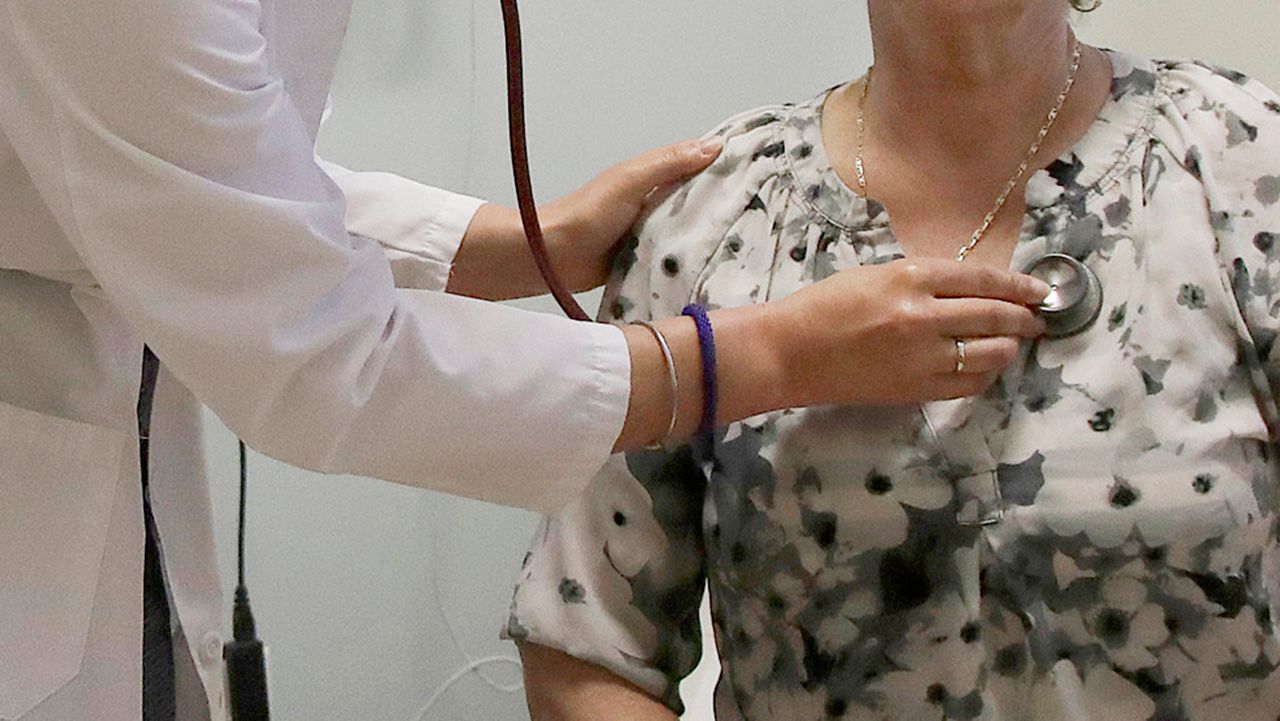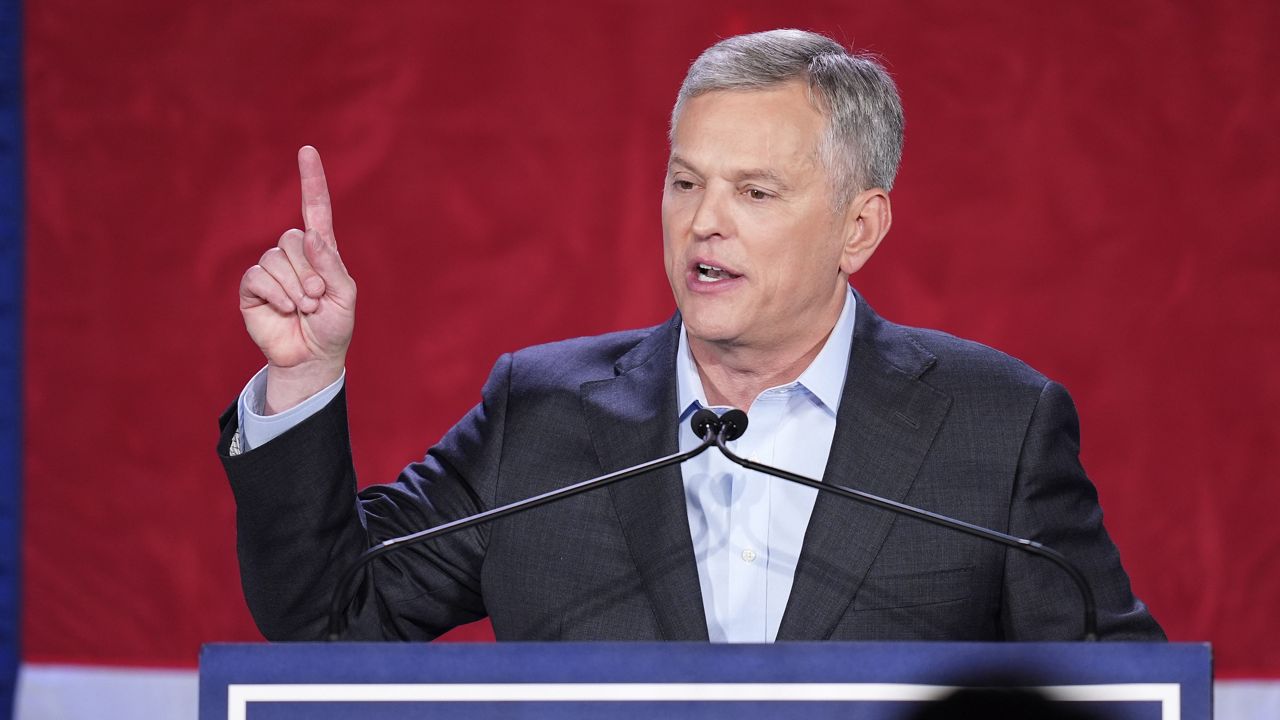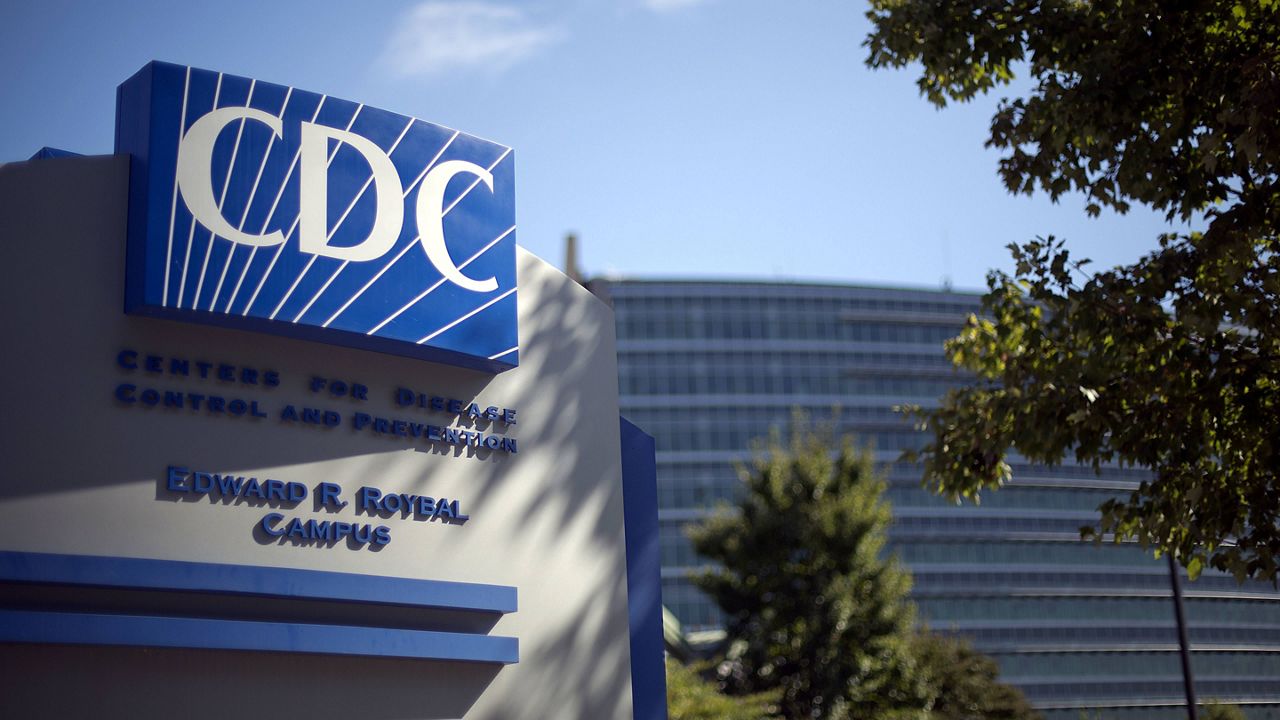RALEIGH, N.C. — Simple, easy and affordable were the buzz words for the newly passed North Carolina State Health Plan benefits for teachers and state employees Tuesday morning.
The State Health Plan Board of Trustees has been tasked with tackling a $507 million shortfall.
The State Health Plan Board of Trustees approved a new cost-sharing bundling program to resolve claims in a lump sum payment for an ongoing health condition, a shift from making individual payments for each visit or service rendered for that health condition.
The bundling is projected to save tens of millions of dollars. During the meeting, trustees expressed that health plan members will have enhanced access to care at particular medical facilities for specialty procedures by high-quality providers.
The board also voted to approve changes to overall health benefits. Those changes include some increases in deductibles, out-of-pocket maximums and inpatient hospital care.
Medicare Advantage plans remain mostly steady for 2026. However, Medicare 70/30 plans will see similar increases in deductibles and out-of-pocket maximums.
The board discussed why there must be a rise in costs within the health plan to chip away at the more than $500 million deficit.
“I know the changes to benefits the board made today are hard, but I’m confident that these changes, coupled with new provider opportunities we’re working on, will place the Plan on a stronger financial path moving forward,” said State Treasurer Brad Briner, who chairs the board, from a news release. “We’re evolving from what we’ve learned and focusing on what works: trusted provider relationships, financial predictability and meaningful support for our members’ health.”
Tamika Kelly, the president of the North Carolina Association of Educators, spoke against the rises in costs.
"Asking [teachers] to shoulder higher health care costs is not only unfair, but it is unsustainable. For many of them, this could be the final push out of the profession entirely," Kelly said.
Trustees said their focus is on increasing access to higher quality care and reducing headaches, such as prior authorization for medical needs.
More than 750,000 teachers, state employees, retirees and their dependents use the plan.
The changes for the 2026 benefit year will begin at the start of the new year.
This new model replaces the current clear pricing project as of December 31.
There was no vote on member premiums Tuesday. That vote will come in August.










)